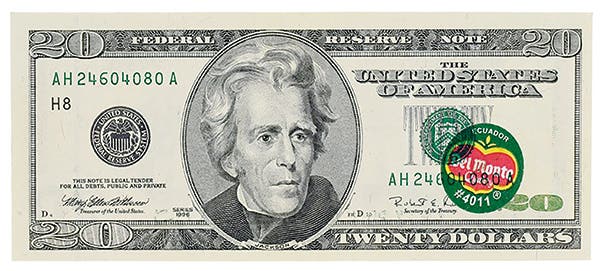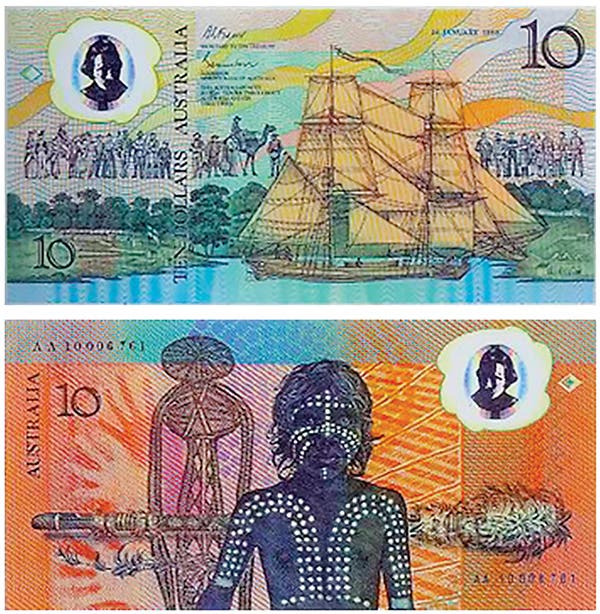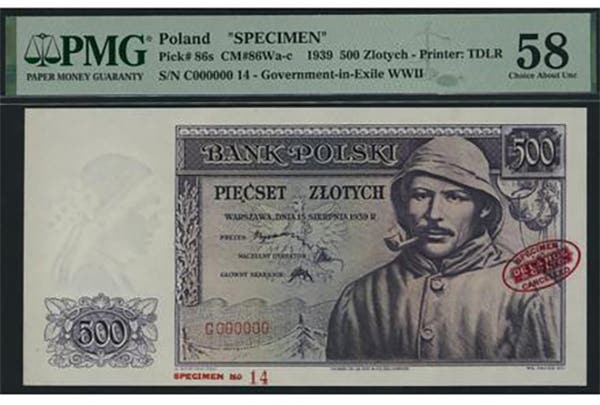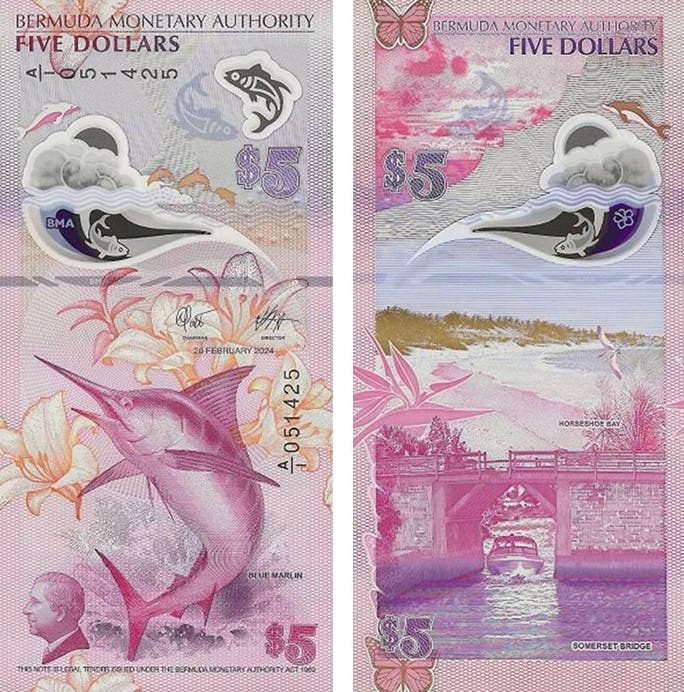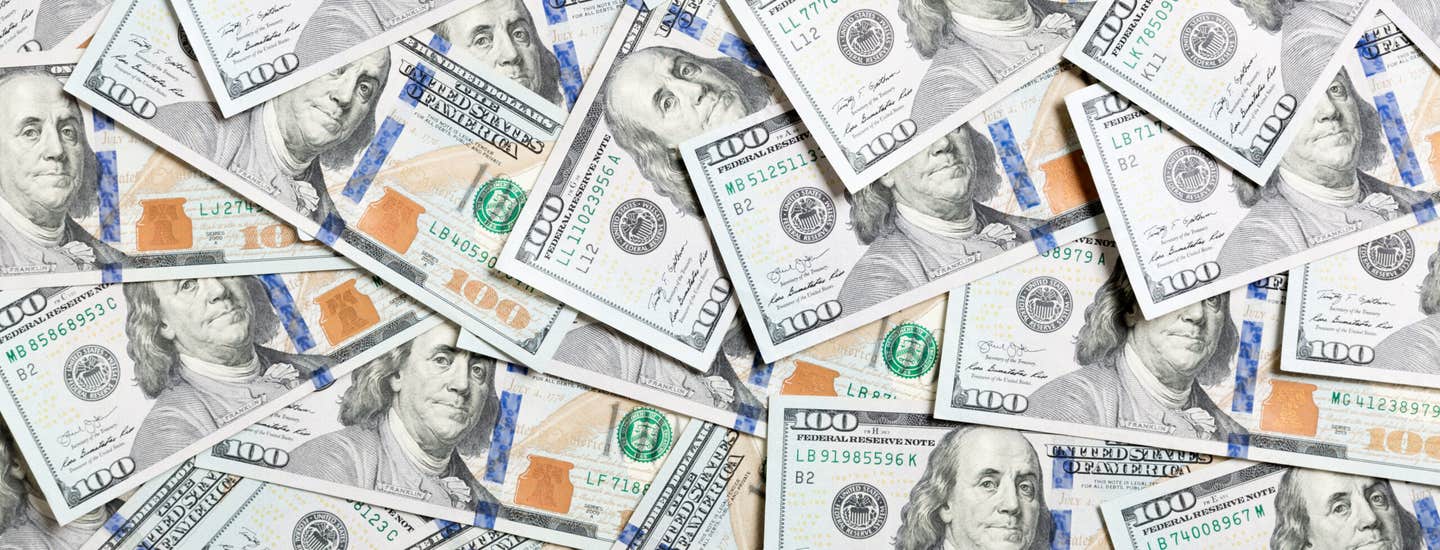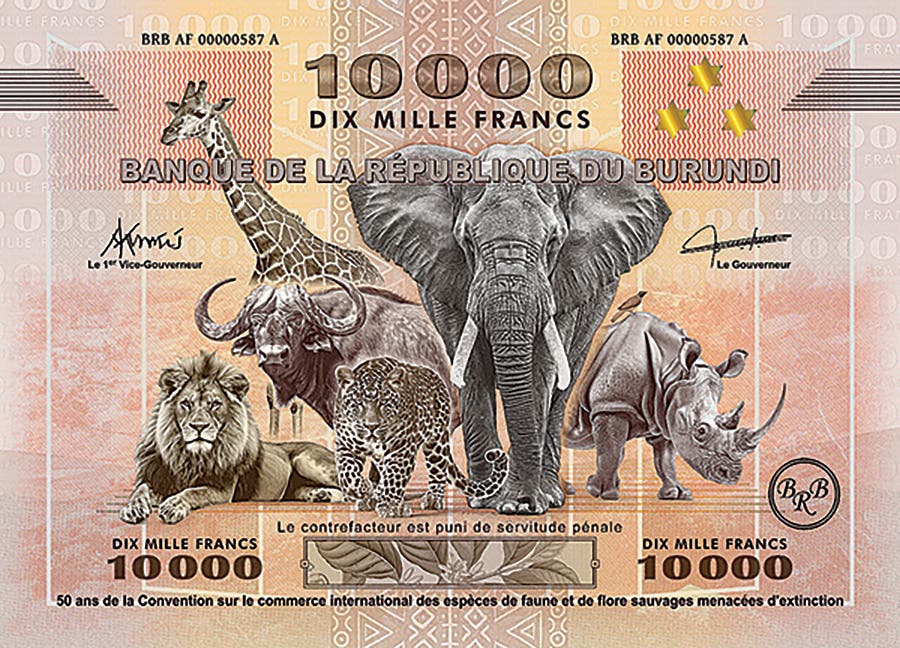Vegans want fat-free bank notes
A fierce debate has erupted in Great Britain over the presence of the smidgen of tallow used in the polymer pellets that provide the base substrate of the country’s new…
A fierce debate has erupted in Great Britain over the presence of the smidgen of tallow used in the polymer pellets that provide the base substrate of the country’s new polymer £5 notes.
The presence of the animal product was revealed by the Bank of England in reply to a question on Twitter. Ever since, British vegans and vegetarians have voiced outrage that they have to handle a product made with animal tallow.
Along the way human rights have been invoked with more than 100,000 people signing an online petition that reads: “The new £5 notes contain animal fat in the form of tallow. This is unacceptable to millions of vegans & vegetarians in the UK. We demand that you cease to use animal products in the production of currency that we have to use.”
Social media is running hot on the subject. Responses range from those who say they will boycott the notes to others more than somewhat amused by and utterly unsympathetic to the protests.
Across the border in Scotland the Clydesdale Bank, Bank of Scotland and Royal Bank of Scotland instigated an urgent investigation as to whether their De La Rue-produced polymer £5 notes were vegan friendly. The security printer completed a detailed analysis to report the animal derived content of each note was equivalent to 0.003 percent.
For centuries tallow has been used to make candles and most soaps. It is also found a role in the modern world in the plastic industry as a cheap source of stearates. These provide essential lubricants, stabilizers, and declumping agents that render plastic soft and pliable as, for example, for injection molding—or the manufacture of bank note polymer films. Many plastic products such as toothbrush handles contain them as do plastic bags and bicycle tires.
In the wake of the controversy the Bank of England has expressed its concern and announced that its film supplier, Innovia Security, is working toward “potential solutions.” However, the word on the streets is that the new £10 and £20 notes currently being prepared for release will not be printed on fat-free film.
In Australia, New Zealand’s Reserve Bank has also revealed it uses the same substrate as the BoE for its colorful plastic fantastics. No doubt other central bank names will soon be added to the list soon.
This article was originally printed in Bank Note Reporter. >> Subscribe today.
More Collecting Resources
• Order the Standard Catalog of World Paper Money, General Issues to learn about circulating paper money from 14th century China to the mid 20th century.
• Start becoming a coin collector today with this popular course, Coin Collecting 101.



